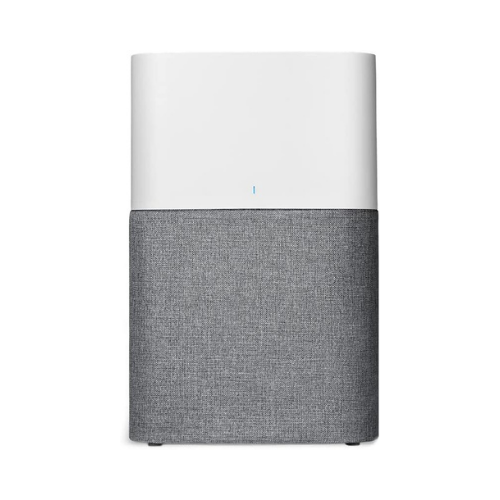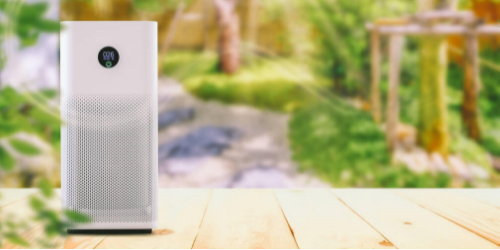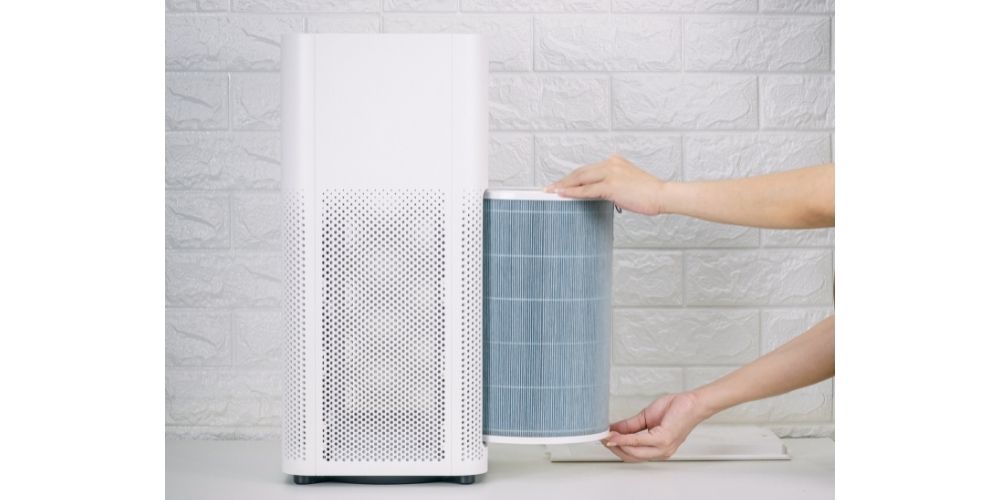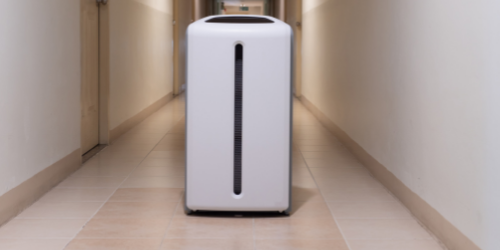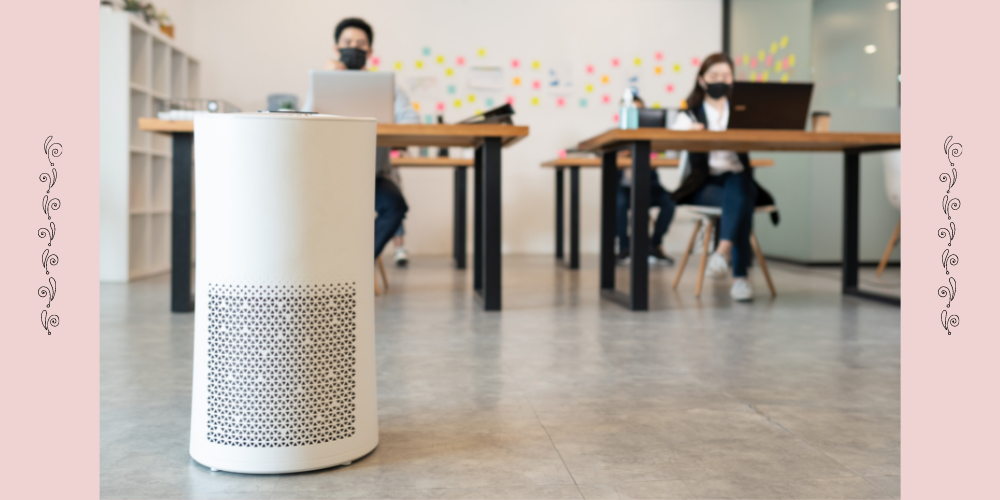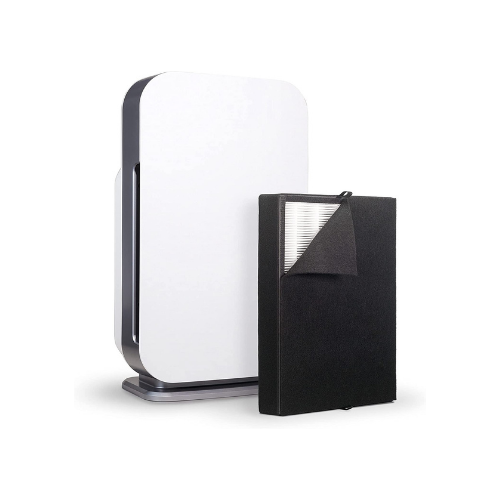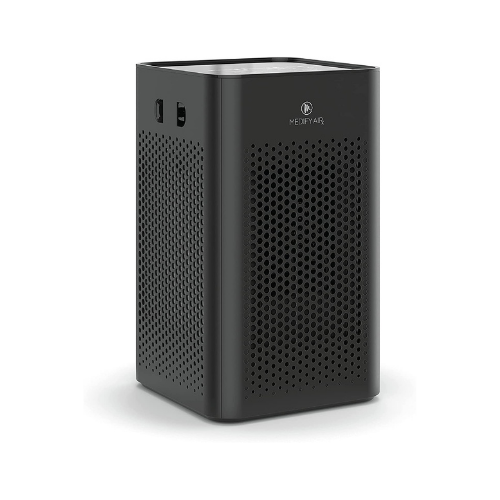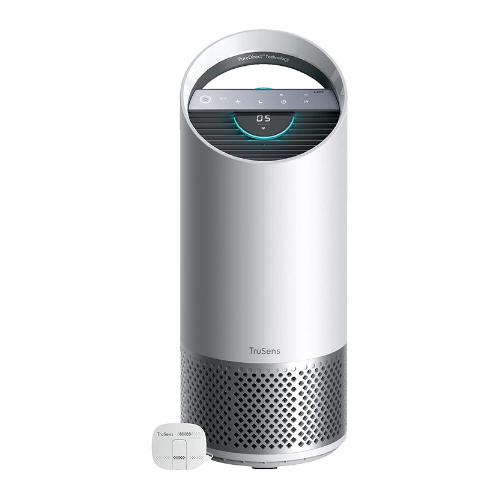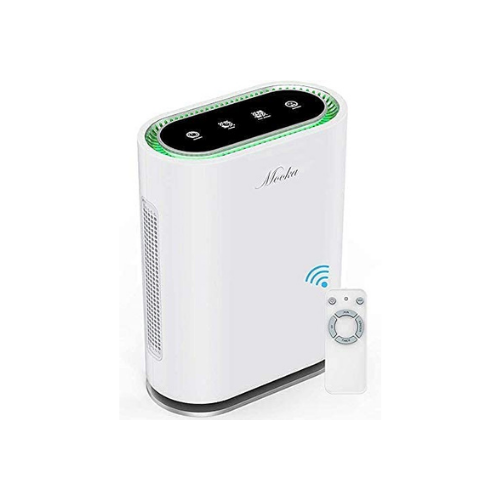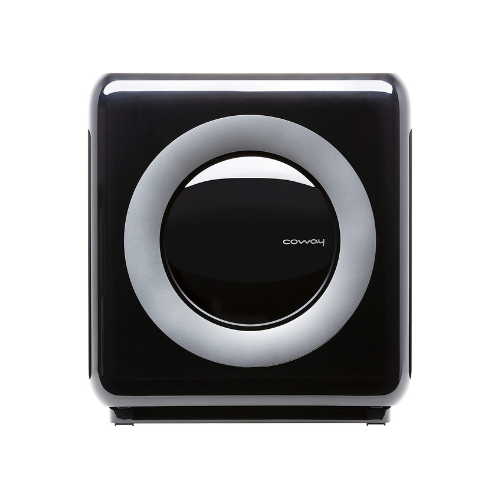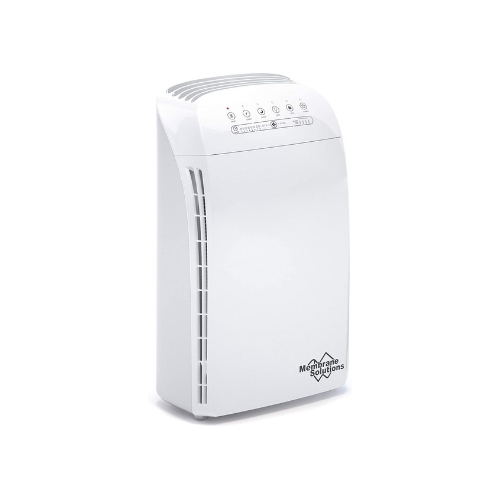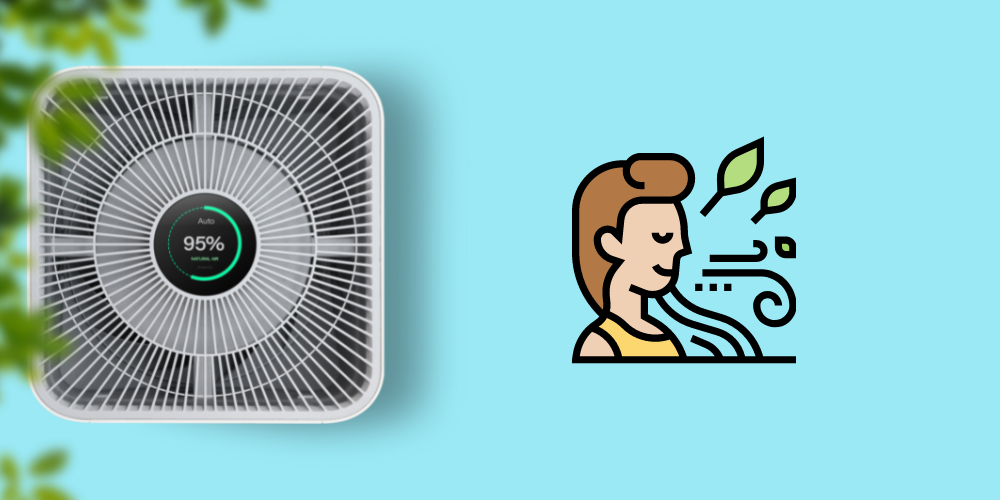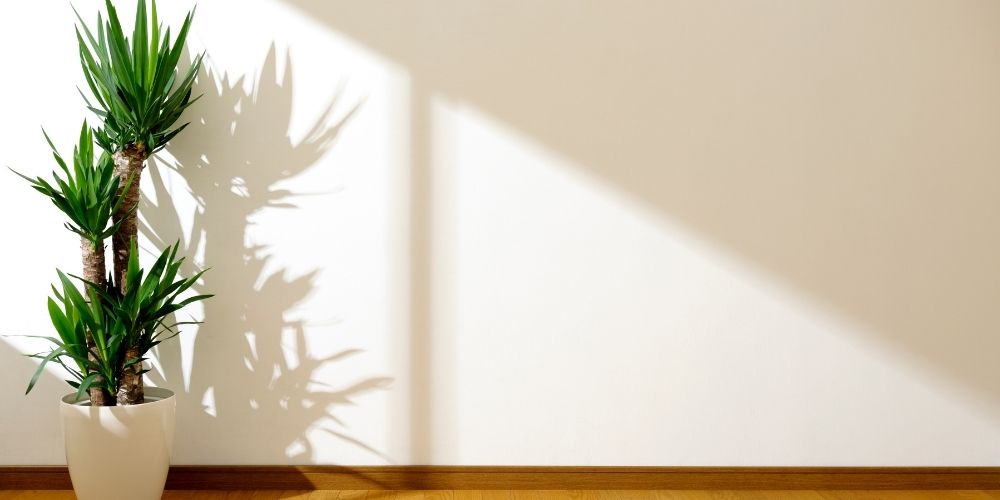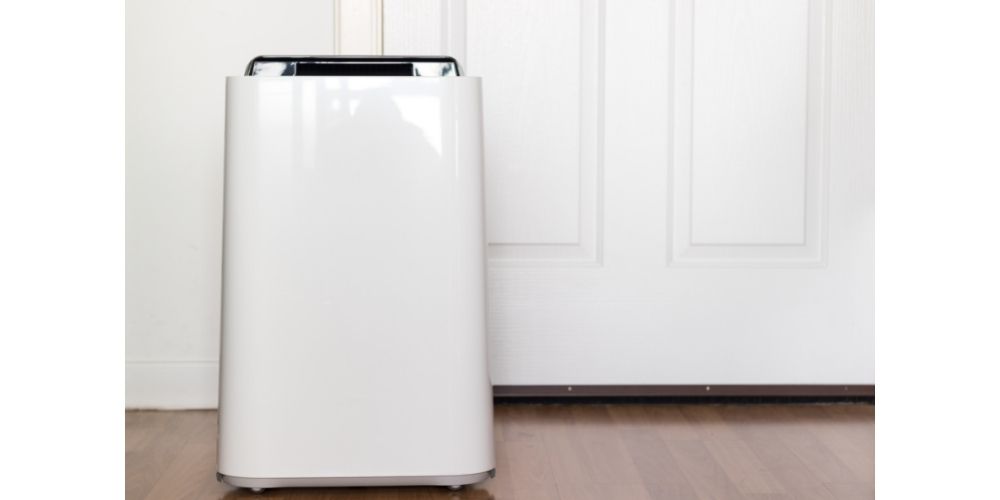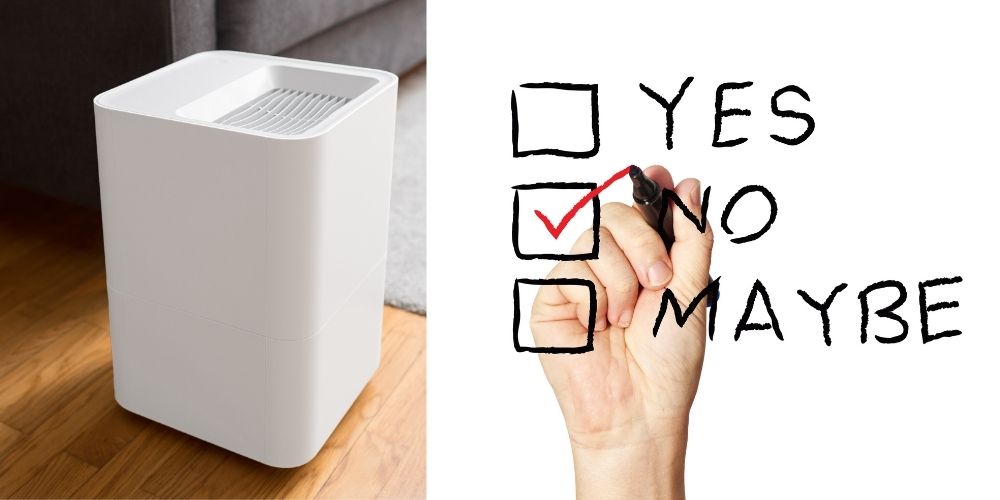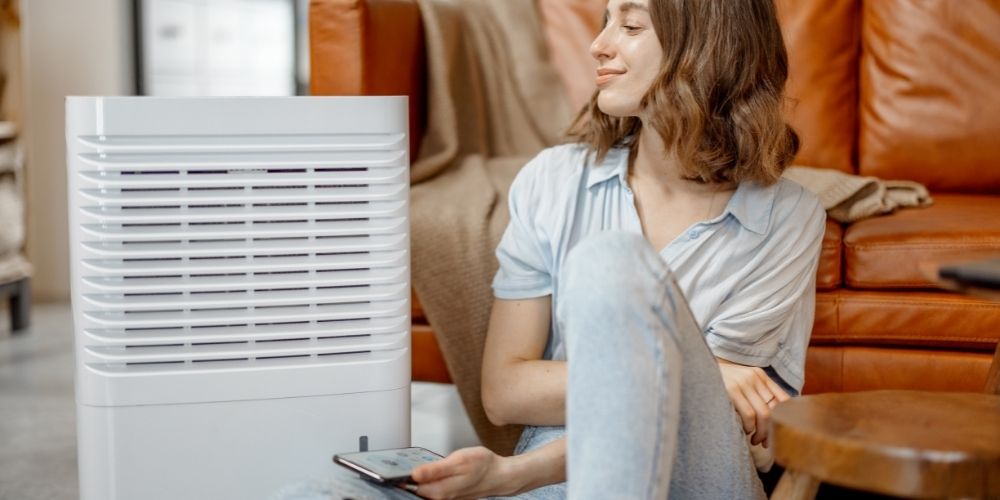Are air purifiers safe?
Air purifiers have been marketed as products that improve indoor air quality. Pollution and other factors have caused the indoor air quality in many urban areas to steadily deteriorate. Poor air quality can make health issues like asthma and allergies even worse.
Continuing to breathe contaminated air can lead to long-term health impacts. Air purifiers remove airborne contaminants to circulate clean air through your household. There have been many shifts in this product’s history. While some of them have been good advancements, there have also been setbacks.
Not all air purifiers are made with the same technology. Some air purifiers can live up to their name and provide fresh and pure air, while others do nothing to change indoor air quality. When choosing an air purifier for your household, there are several factors to consider.
This article explores all the intricacies of air purifiers. It examines myths and facts concerning this common household product. If you are unsure about purchasing an air purifier for your household, this guide will help you gain clarity. It will help you make a decision that suits you and your family.
Can air purifiers make you sick?
Air purifiers that use ozone can be harmful to your health. This is especially the case for people who are sensitive to respiratory irritants who suffer from asthma attacks and allergies. Even small amounts of ozone exposure can cause health problems.
Health issues like throat irritation, chest pain, and inflammation can be observed. These signs can be noticed in as little as a seven-hour period. Prolonged exposure can cause irreversible damage to organs amidst other respiratory problems.
Ozone is an unstable and reactive molecule. This can cause dangerous reactions to other household products. For example, cleaners release carcinogenic compounds. Objects containing rubber or plastic also react with ozone to release a toxic gas that is harmful to health.
Ozone generator air purifiers are the only type of air purifiers that can actively make you sick. While choosing an air purifier for your household it is best to avoid ozone generator purifiers at all costs.
Ozone generators are not recognized by the Environmental Protection Agency (EPA) as air-cleaning devices. They have been marketed as air purifiers in a loophole that confuses consumers. This has caused a bad reputation for the air purifier market.
Opting for an ozone-free air purifier will ensure you get a safe and effective air purifier that will not make you sick.
Is it safe to run an air purifier all the time?

Since low air quality is a continuous problem that is pervasive, air purifiers are designed to work around the clock. Good quality air purifiers come equipped with high-end motors that are quiet, energy-efficient, and can last for several years. It is recommended to keep your purifier on and running even during the night or when you are away from home.
Switching off your air purifier will lead to dust, mold, and other pollutants contaminating the air again. This negates the purification process, hence you should not switch off your air purifier. If you are worried that a continuously running appliance will increase your utility bills, you can rest assured that this is not the case.
Air purifiers consume very little electricity and will cost between six and ten dollars monthly to keep running. They are designed to work 24/7 to provide clean air inside your home. It is absolutely safe to keep an air purifier running all the time, and it is in fact recommended.
How to pick a safe and effective air purifier?
Not all air purifiers are created equal. Before examining the options available in the market, it is important to understand what makes an air purifier a good choice. The quality of an air purifier is highly dependent on the type of filter they use. Currently, the standards set for the industry are HEPA filters.
HEPA filters
HEPA stands for high-efficiency particulate air. They capture particles from moving air using a dense arrangement of fibers. HEPA filters use the physics of particles moving through air to remove them from the airflow.
This is a simple but highly effective operation that has made HEPA filters appear commonly in good-quality air purifiers.
While HEPA is the standard many manufacturers aim to achieve, there are other factors to be considered. To be advertised as HEPA, a product need only use HEPA paper which is used in HEPA filters. This however does not mean that the whole product is efficient enough to meet HEPA requirements.
An efficient filter can be let down by poor housing design. If there are gaps or flaws in the housing design, unfiltered air can pass around the filter through small openings. This leakage reduces the overall efficiency of the air purifier.
While manufacturers claim 100% of particles are removed from the air, a flawed design can realistically lower this number to 80% or less.
HEPA filters are great at filtering particles but they do not filter gas or odor. If you are concerned about filtering more than just particles, you can go beyond HEPA.
Activated carbon filters
Activated carbon filters are excellent options for more filtering capabilities. They work by exposing carbon to oxygen. The carbon surface area is enormous with countless open pores.
When air passes through, gas and pollutant molecules are absorbed into the carbon pores. This makes activated carbon filters a great choice for filtering out gas and odor. They can even filter chemical pollutants like automobile exhaust.
Activated carbon filters are not as good at removing particles. They are best used in conjunction with HEPA filters to ensure that all contaminants are removed from the air in your household.
Electrostatic filters
Electrostatic filters are another innovative option. They are extremely similar to HEPA filters but do not use traditional air filters. They use an electric charge to trap particles as they travel through the air. Charged particles stick to the sides of the filters, allowing only pure air to exit through the filter.
These filters can be cost-effective as filters do not need frequent replacement. Such filters are cheaper than traditional ones and will need less replacement as the air in your household gets cleaner. They can also be a good solution for smaller rooms as well. Electrostatic filters are convenient and low-cost. This makes them a great choice for air purification in your household.
These are currently the best choices amongst air filters. You can pick the most effective option for your household depending on your budget, area, and needs.
What is the safest air purifier?
HEPA air filters have been in use for a long time. They were conceived way back in the 1940s as a way to protect soldiers from atomic radiation on World War 2 battlefields. The long history of this technology has offered documented proof of their safety and efficiency. As such, you cannot go wrong with a True HEPA filter.
Air purifiers made with HEPA filters are recommended by doctors and are even safe for babies and pets for daily use. Purchasing a well-made purifier from a known brand will also ensure safety and efficiency. While any purifier that doesn’t produce ozone is considered safe, HEPA air purifiers are the safest option. The long history and reliable technology make HEPA the safest option amongst air purifiers.
FAQ Section
1. What should you avoid in an air purifier?
Ozone generators
The number one thing to avoid in an air purifier is the ozone-generating element. Ozone is notoriously bad for health and should be avoided as much as possible.
Air ionizers
Another type of purifier to avoid is air ionizers. They work by sending out negatively charged ions that attract positively charged ions in pollutants. This causes particles in pollutants to leave the air and stick to surfaces. Many popular air purifiers use ionization technology.
Research suggests that these purifiers can stop infectious mold and bacteria from spreading. While this is useful, there are also drawbacks. Ionizers don’t remove particles from the air, they merely stick to surfaces in close proximity.
While there is no harm in particles sticking to walls or curtains, these particles can also enter your body. Particles that stick to your internal airways such as windpipes and lungs can cause respiratory problems. Ionizers can also produce ozone molecules which needs to be avoided as far as possible.
UV light purifiers
Another ozone-producing purifier to avoid is one with UV light technology. Although the ozone produced is in very small amounts, a UV light purifier is not the most effective air cleaner. Ultraviolet light is used industrially to kill bacteria and viruses.
Your purifier at home doesn’t shine enough light to be effective enough to rid your household of infection. UV light cannot get rid of pollutant particles either. While purifiers shield you from UV light, even the smallest exposure to it can cause permanent damage to your body.
UV light filters are marketed to be used in combination with other air filter technology.
While they may appear to greatly increase filtration, more often than not, UV light is not effective for home use. UV light is best used for industrial purposes and should be avoided for home use.
2. Do air purifiers give off radiation?
Air purifiers do not emit harmful radiation. They only emit electromagnetic radiation of low frequency. This type of radiation is found in common electronics such as your wall sockets and is absolutely safe.
The ill-effects of air purifiers do not come from radiation, but from the production of ozone as has been mentioned before. As long as you do not use an ozone-producing air purifier, you do not have to worry about damage caused by radiation.
3. Are air purifiers safe for babies?
In general, air purifiers are safe for babies. They remove harmful contaminants from the air and can actually make your baby healthier. You can take some precautions like placing your air purifier in an area your baby cannot access.
Air purifiers often have fans and plug into wall sockets. By keeping it away from your baby, you reduce the risk of injured fingers or electrocution.
Make sure you use air purifiers that use physical filters. This traps pollutants in a filter that you can wash or replace when it becomes dirty. There are no harmful byproducts, just clean air. As mentioned before, avoid any type of purifier that produces ozone. Ozone exposure can severely harm your baby.
As long as you use a good-quality air filter and keep it away from your baby, there is no risk involved. Air purifiers can provide clean air and are safe for your baby as long as you take the necessary precautions.
4. Are air purifiers with ionizers safe?
There are conflicting opinions on the safety of ionizers. Generally speaking, ionizers can reduce the number of pollutants in the air. They’ve been known to reduce the spread of harmful bacteria and viruses. They use negatively charged ions to attract positively charged particles in the air.
However, they don’t eliminate harmful particles but cause the particles to stick to nearby surfaces. Since there are particles of different sizes that contaminate air, this can become a problem if particles enter your body.
Ions themselves are safe to breathe, but there is a chance of particles sticking to your airways rather than your walls or curtains. Ionizers also produce ozone which can further complicate respiratory problems. Some ionizers come with collection plates to catch particles after the ionization process. These ionizers also produce very little or no ozone and can be considered safe. The answer to whether ionizers are safe is highly dependent on choosing the correct model.
Not all ionizers are safe as they are unregulated. Unlike HEPA which is strictly monitored, there are several ionizer purifiers that can be harmful. If you are considering an ionizer, be sure to do your research and be convinced of the safety standards. Air purifiers with ionizers can be safe to use only if you choose the right one.
5. Do air purifiers improve health?
Air purifiers remove contaminants from the air and circulate clean air through your household. Better quality indoor air has several health benefits. It alleviates the symptoms of asthma, allergies, and other respiratory illnesses. The removal of pollutants from the air has also been shown to alter blood chemistry to improve cardiac health.
Studies have shown that blood pressure and heart rates have been improved after installing air purifiers. People of all ages can benefit from better air quality. Air purifiers definitely improve health, especially in the lungs and heart.
6. Can air purifiers cause carbon monoxide?
Air purifiers do not produce carbon monoxide in the cleaning process. They also cannot completely remove carbon monoxide from the air unless certain requirements are met. The size of your room and how much air your purifier can circulate are important factors.
Air purifiers with active carbon filters are more effective at filtering carbon monoxide. Small amounts of carbon monoxide can be filtered through air purifiers. Large leaks however cannot be addressed by air purifiers. It is best to seek professional help if you suspect carbon monoxide leaks in your household.
Wrapping Up
The need for clean indoor air is becoming more essential as the number of pollutants in the air increases over time. Air purifiers offer a solution for providing clean breathable air in your household. It can be a daunting task to find the right type of purifier for your home. Especially when the market is full of products that are either ineffective or harmful.
Picking a good air purifier can offer several health benefits that make your investment worthwhile. This guide examines the intricacies of the air purifier market to help you navigate its choppy waters. A good-quality air purifier has become an essential household product to ensure clean air for you and your loved ones.

About The Author
Olivia — a self-confessed air quality addict — is a home climate enthusiast, fresh air advocate, and someone with deep personal experience and knowledge about mold extermination. Her work was mentioned in countless notable humidity publications. Previously she was an editor at Mold Remediation.
